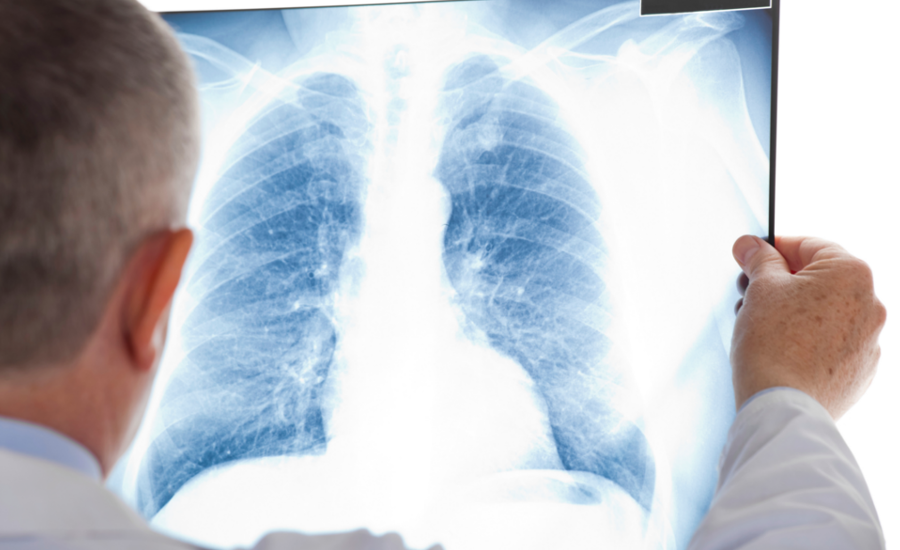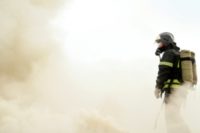A FairWarning story
Study: Cancer risk high for firefighters, but higher for minority firefighters

Credit: Getty Images
Posted with permission from Fairwarning.org:
A new study has found that firefighters have a greater than average risk of developing some types of cancer, and that black and Latino firefighters face the highest risk of all.
The findings by the National Institute for Occupational Safety and Health, the federal agency that researches work-related hazards, confirm previous research about firefighters and cancers that may be caused by inhalation of toxic fumes. But the study is unique for its size and focus on minority firefighters. Authors say it included more firefighters with cancer–3,996–than previous studies.
The study, published in the American Journal of Industrial Medicine, used 1988 to 2007 data from the California Cancer Registry to compare the incidence of cancer among firefighters and the general public. It found that all California firefighters had a 30 to 100 percent greater chance of developing melanoma and certain cancers of the esophagus, lung, prostate, brain and kidneys.
The researchers also found that minority firefighters, 90 percent of whom were black and Latino – but not white firefighters – had a greater chance of contracting cancer of the bladder, testes and tongue, along with non-Hodgkin lymphoma and some kinds of leukemia.
The study’s authors said it was unclear why black and Latino firefighters might be at greater risk. But they hypothesized that minority firefighters may work in busier fire stations. They cite studies in other industries that found minorities may be more often exposed to on-the-job hazards.
The scope of the study, which only included males, allowed the authors to examine the link between firefighters and the onset of 32 different kinds of cancers. Firefighters of one race or another had elevated risks for 14 of the 32 cancers studied.
The report came to similar conclusions as a recent study of firefighters who worked between 1950 and 2009 in San Francisco, Chicago and Philadelphia. That study also found elevated risks for esophageal and kidney cancer for all firefighters and a greater risk for prostate cancer for non-white firefighters.
The authors said the research did not consider lifestyle choice that could influence rates of cancer. But they noted that the use of new building materials over the past 40 years, along with burning plastics in home appliances, furniture and electronics, may expose firefighters to new carcinogens.
In response to this kind of research, firefighters are educated on the importance of using a breathing apparatus when entering fires or during overhaul, which is when firefighters examine the scene of a fire to ensure that no remaining heat sources may reignite it.
“I suspect that firefighters are using their personal protective equipment more than they did 20 years ago,” said Dr. Geoffrey M. Calvert of NIOSH, one of the authors of the new study.
Even so, the risk of cancer remains one of the greatest threats facing firefighters today as their bodies still can be exposed to carcinogens through their protective gear, said Capt. Daniel Curry of the Los Angeles Fire Department, who has seen a couple of his colleagues develop cancer.
Curry said firefighters accept the risk that hazardous chemicals may build up inside their bodies over time just as they accept the risk of a roof collapsing on them. He said, grimly: “We all know there’s these ticking ticking time bombs inside of us.”
About FairWarning
FairWarning (www.fairwarning.org) is a nonprofit, online news organization focused on issues of safety, health and government and business accountability. Click here to donate to FairWarning.
Looking for a reprint of this article?
From high-res PDFs to custom plaques, order your copy today!






